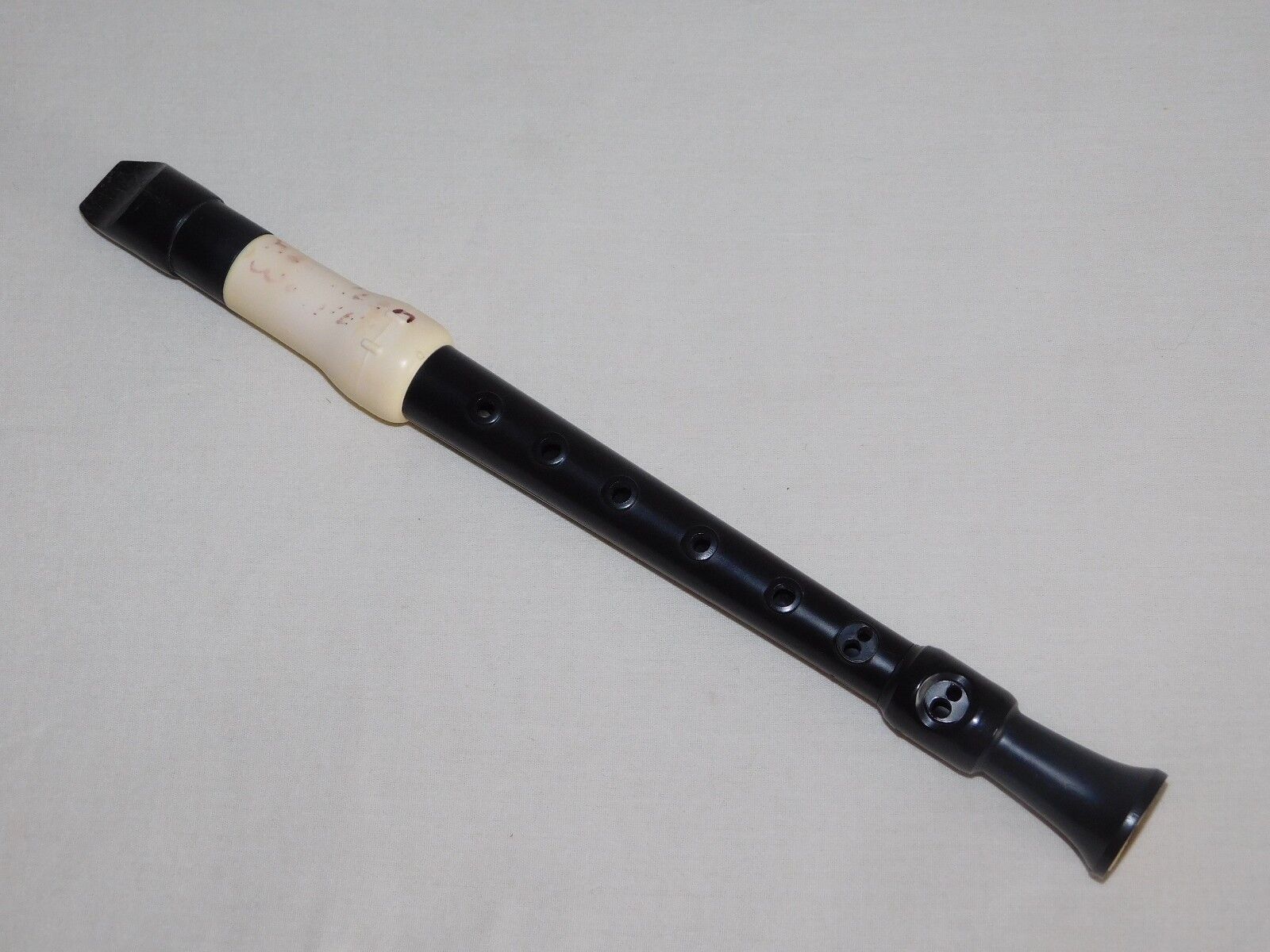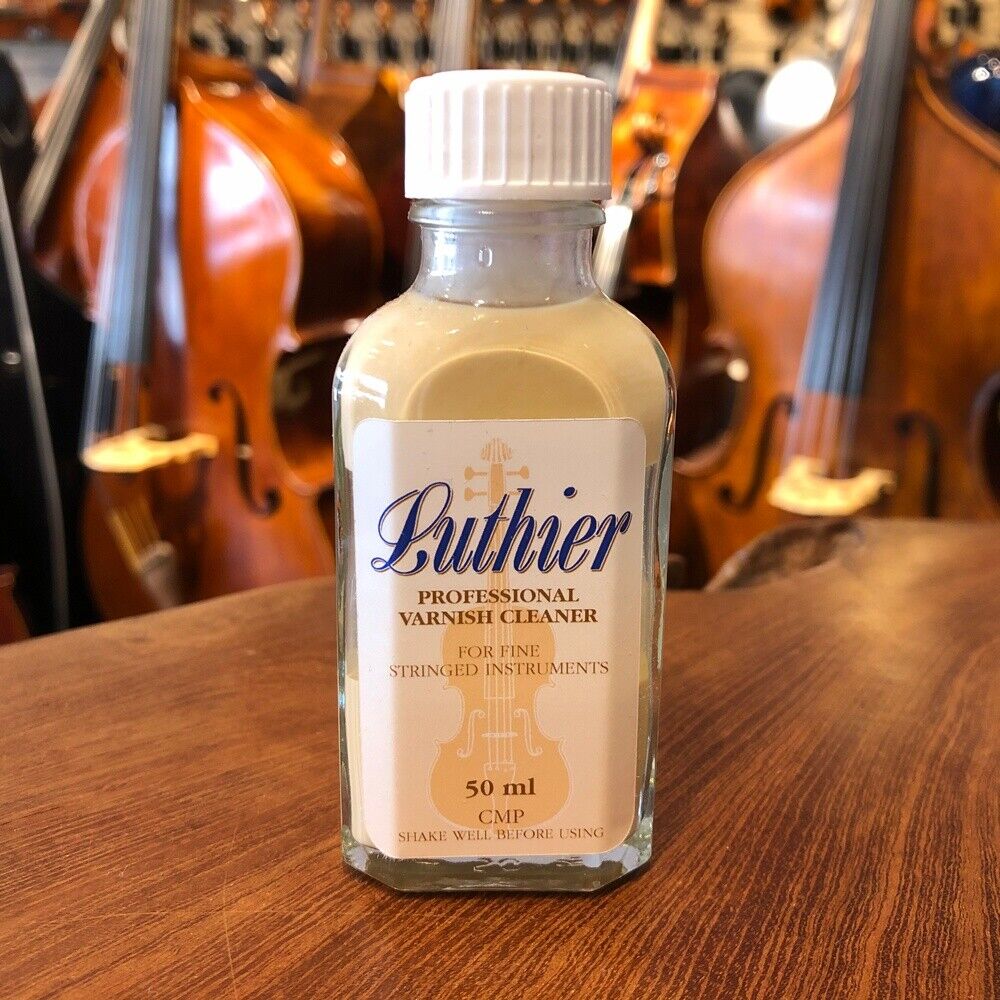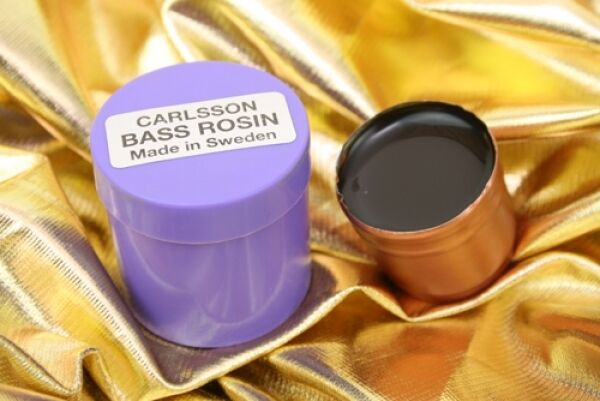-40%
Pirastro Evah Pirazzi Gold Rosin, Rosin
$ 14.93
- Description
- Size Guide
Description
Pirastro Evah Pirazzi Gold Rosin, Rosindescription
Pirastro Evah Pirazzi Gold Rosin
For the new violin, viola and cello string set Evah Pirazzi Gold, which is characterized by a seductively inspiring tone, a rosin specially matched to the set has been developed. It contributes to supporting the richness of tone, the carrying capacity and the excellent response of these strings in an ideal way.
The Evah Pirazzi Gold rosin increases the ease of response in the very quiet range and the responsiveness of the instrument to bow impulses with fast, virtuoso playing. It grips the strings intensively, absorbs the sound evenly and articulates very clearly and without dross. Even directly after applying the rosin, the bow gives the string player a pleasantly smooth feel.
The rosin Evah Pirazzi Gold is characterized by a very low formation of dust; it does not form any residues on the bow hairs and the line point of the strings.
In order to achieve optimal results, we recommend using this rosin sparingly.
About the arc resin
Historical:
Since the emergence of bows for stringed instruments between the 10th and 12. In the 19th century in the Near East, attempts were made to improve the adhesion of the bows to the strings by roughening and notching the initial plucking and rubbing rod and later by rubbing resin into the hair of the bow. The rosin got its name from the place Kolophon, located north of Ephesus in ancient Asia Minor, where bow resin was produced on a larger scale, as it is handed down in old documents.
extraction:
Today, as Allen , the natural resin is obtained by cutting the trunks of pine, fir and spruce trees in spring and harvesting the resin in autumn. From this raw material, a balsam-like mass, turpentine oil is obtained by distillation. The remaining residues - resin, acids and water - are heated in open kettles until the water has evaporated. Impurities settle to the bottom so that the pure resin can be skimmed off.
Since the emergence of bows for stringed instruments between the 10th and 12. In the 19th century in the Near East, attempts were made to improve the adhesion of the bows to the strings by roughening and notching the initial plucking and rubbing rod and later by rubbing resin into the hair of the bow. The rosin got its name from the place Kolophon, located north of Ephesus in ancient Asia Minor, where bow resin was produced on a larger scale, as it is handed down in old documents. Today, as Allen , the natural resin is obtained by cutting the trunks of pine, fir and spruce trees in spring and harvesting the resin in autumn. From this raw material, a balsam-like mass, turpentine oil is obtained by distillation. The remaining residues - resin, acids and water - are heated in open kettles unt









